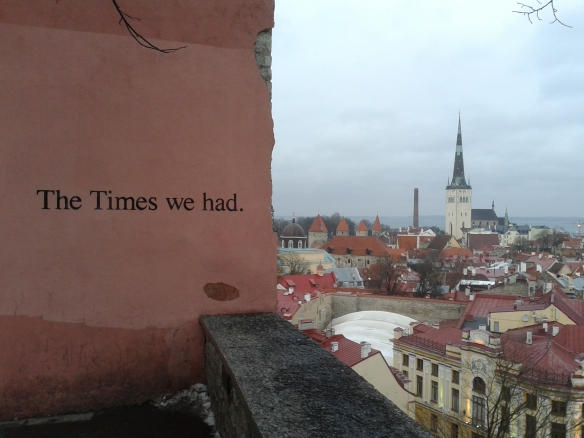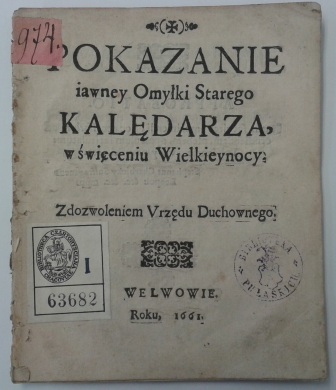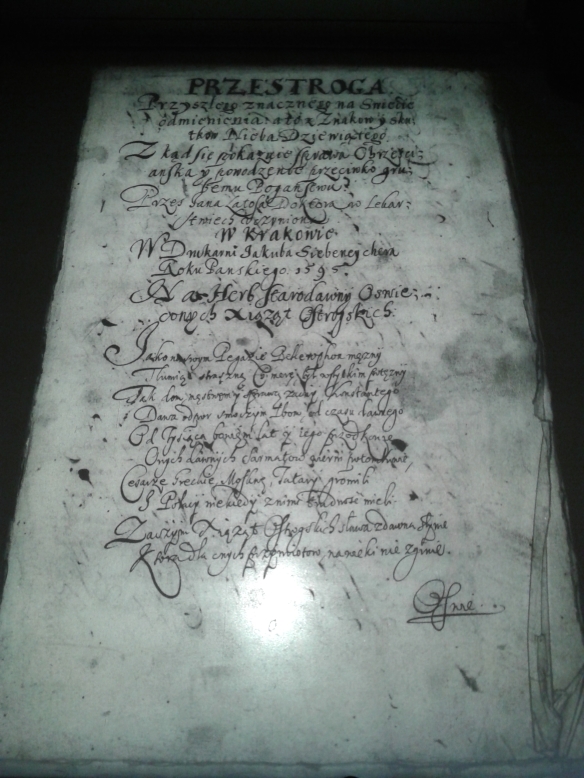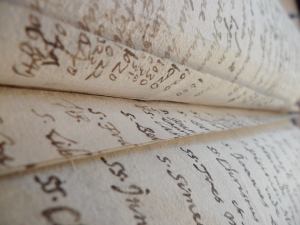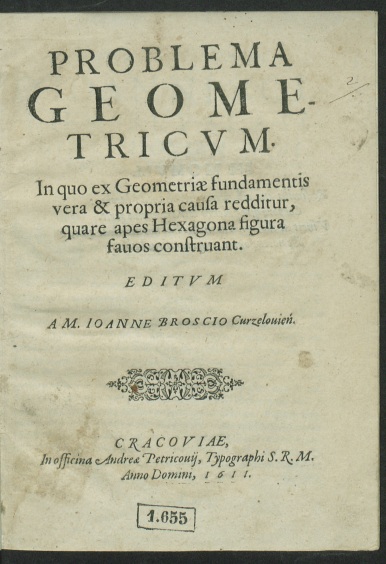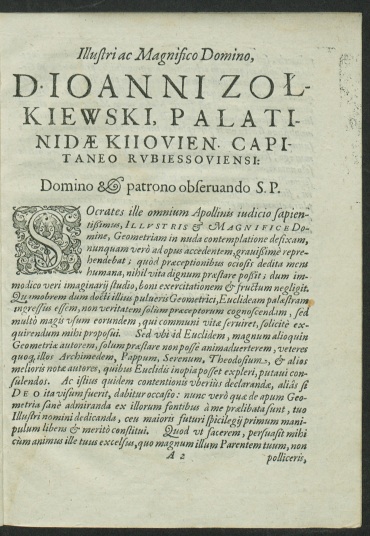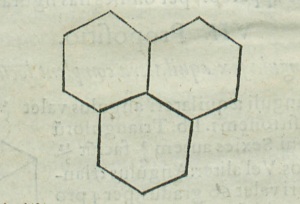I am writing this post at the Riga International Airport. I have just arrived from Tallinn, Estonia, where attended the so-called match-making event organized by HERA, and since I have still few hours left to my return flight to Warsaw, I decided to take advantage of this opportunity and note down some thoughts about what I saw for the past two days. I hope that in a way they will reflect the experiences of other participants and will also answer some questions raised by those who could not make it to Tallinn this week.
HERA a research consortium created by 24 research councils from the European Union member countries. The main goal of HERA is to provide financial support for European research groups that include representatives of at least four countries that belong to the consortium and whose proposals are written in reply to the particular call for applications. While the two previous editions of HERA were dedicated to the issues of cultural dynamics and role of the humanities, and cultural encounters, the current call for papers brought invitation to submit proposals related to the “uses of the past”. Such events as the one that took place this week are expected to serve scholars to find possible partners and collaborators for their intended research enterprises.
One may obviously bridle at the vagueness and generality of the call yet these are the realities one needs to face if he or she decides to operate at the intersection of one’s actual research area and the pan-European research policy which is aimed at the integration of research efforts, creation of new research networks and providing knowledge that could have some impact on the awareness of the common European identity outside the academia.
These phrases sound terribly technocratic, are largely based on the jargon of EU officials and could be easily produced ad infinitum whith the help of Lullian combinatorial diagrams, yet I understand they should be as broad as possible to create room for all possible scholars who work in the humanities. However, what is really important about such events as the one in Estonia is the opportunity to meet scholars from the entire continent and learn more about their current topics of research and studies they would like to create within the HERA scheme.
Thanks to the explicitly historical element in the call for proposals the meeting in Tallinn gathered a large representation of scholars who, while coming from different corners of academia (like literary studies, sociology, archaeology and last but not least, history), express in one way or another concern with the way past is reinterpreted, used, recycled, or even abused. It is difficult to tell if this group is representative for the historical community. I believe it’s not and there are several reasons why. Firstly, not everybody could come to Estonia as there was a preselection of participants. Secondly, not every scholar interested in HERA was actually interested in attending the meeting – some networks are already established and they simply write their applications. Finally, not every European scholar is interested in applying for such a grant. There are other financing mechanisms, some scholars do not want to waste their time to write application which has very small chances of winning the actual money (success rate is very low), some are simply afraid whether their home institutions, if they get the grant and become project leader, will be able to handle the administration of such a large amount of money and its distribution among other partner institutions in other countries.
No need to mention that the “uses of the past” catchphrase makes me react like Pavlov’s dog. I have a number of ideas, not necessarily of calendrical and chronological nature, that could be included into a pan-European, comparative historical study which could not only recapitulate separate, national or even regional studies, but also tell us, not only students of the past, but also European societies, something more about our shared past(s). I am really happy that I was given the opportunity to meet a great group of scholars, most of them earlymodernists (a kind of historian which turned very rare bird in Tallinn). These meetings, arranged in a form of academic speed-dating (20 minutes for bilateral meeting – bell rings! – next round! – move from table 27 to table 58 to meet another possible collaborator), and continued later less formally during the break, were extremely important for me. I learned a lot about what kinds of sources people want to study, what are their interests, goals, expectations. I believe we have found some common ground which could be explored further if we had more time. I also hope that we will continue the exchange initiated in Tallinn, with or without HERA.
As much as I enjoyed the meetings, I also share the doubts described above with a considerable number of scholars. And while I was travelling to Tallinn with naïve hope that something will nearly automatically emerge out of this meeting, I am going back with serious concerns about the feasibility of what I intended. However I am sure I want to and will stay in touch with the people I met, now I realise fully how difficult enterprise HERA is and that making the final decision regarding application won’t be as easy as I assumed. I cannot remember if there are any myths that would involve Hera and Clio and whether the Greek goddess was in good relations with one of the Muses, yet I know that the contemporary link between these two not as easy as one could think in the first instance.
***
P.S. As my current research interest are with every month turning more and more towards the Baltic region, thanks to the fantastic sources related to the early modern intellectual, both scientific and educational centres located on the Southern Baltic coast, I really enjoyed the opportunity to visit Tallinn, really picturesque former Hanseatic city with marvellous Old Town, full of winding streets, amazing works of medieval art and craft in the St. Nicholas church museum and amazing city walls. And while I had only about three hours to look around I also experienced something what I would call “living history”. After the meeting we decided to go out to one of the restaurants. Some places that pretend to be centres of cultivation of medieval history make me grit my teeth yet this time it was really funny. And one of the waitresses, dressed up in medieval costume, asked us if we were merchants and if we had by any chance few barrels of salt to sell. Or furs. And the dialogue went on:
“We’re not into that kind of business, m’am!”
“So who are you?,” asked the waitress with well-acted impatience.
“We are scholars”, I answered.
“Who would believe you?”, I heard.
(Curtain)
